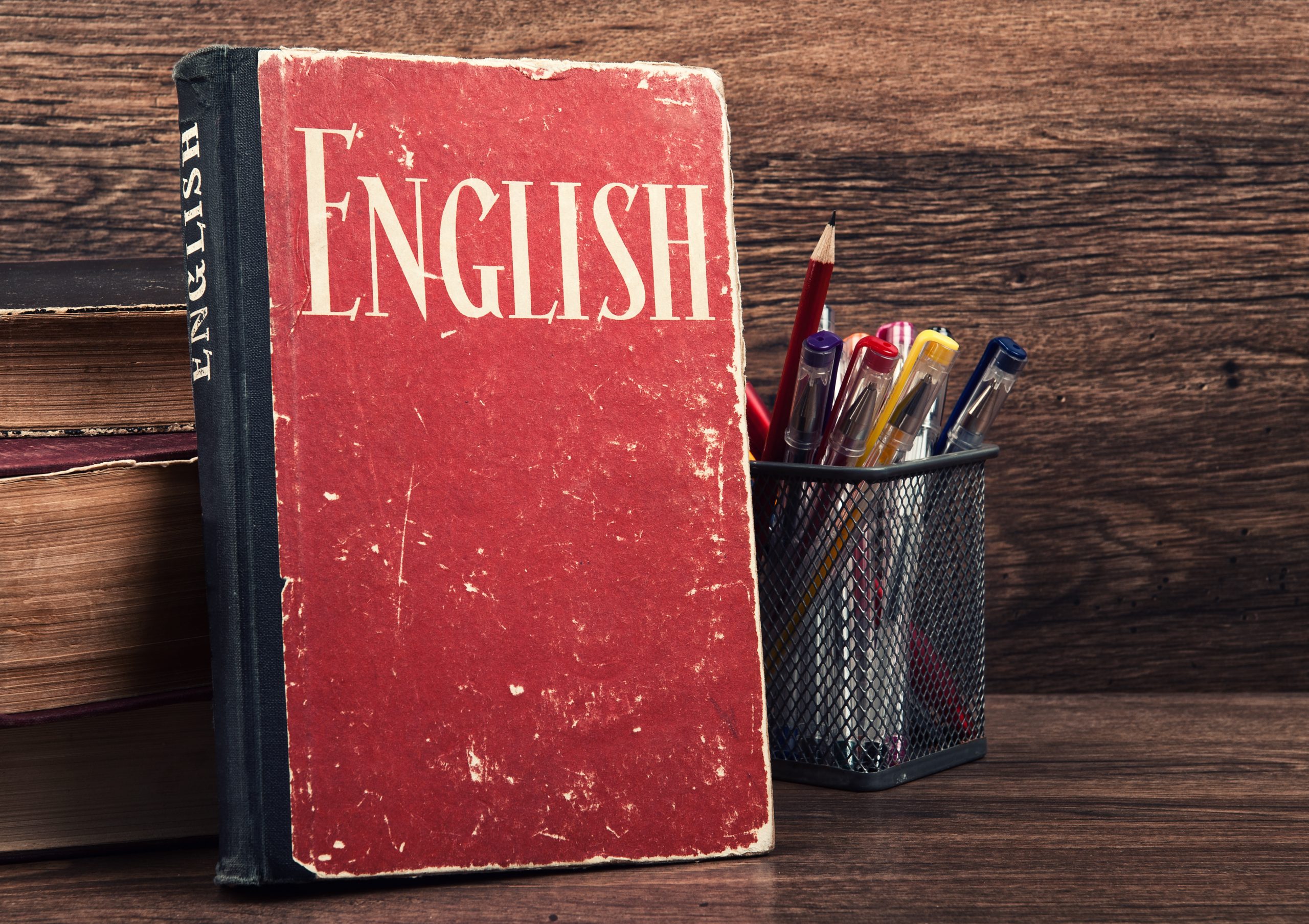Everyday PR Styling: AP Stylebook Updates for Tech PR
March 25, 2020
Listen, no one wants to be judged, but in PR, that’s just the name of the game. Content created by a public relations agency is often the first time a journalist is introduced to a company. We put our clients and their products out in the world to be judged and reviewed by the media. From blogs and contributed content to social media and press releases — each and every piece should follow the AP Stylebook. The grammar style and usage guide is used around the world in newsrooms, classrooms and corporate offices.
Updated in May 2019, the latest edition of The Associated Press Stylebook and Briefing on Media Law includes more than 200 new or revised entries — plenty to keep you on your toes. Here’s a quick refresher on the biggest updates:
Headlines.
Right from the top, every story must start off right. Headlines must be a fair representation of the story – an exciting glimpse at what’s to come without overpromising. Key headline tips include:
- Capitalize only the first word and proper nouns in headlines that use AP style. Exception: The first word after a colon is always uppercase in headlines.
- Avoid abbreviations and alphabet soup. Only use universally recognized abbreviations. US, UK, UN and EU (no periods) are acceptable.
- Use single quote marks, never double quote marks.
- Use numerals; do not spell out numbers except in casual uses or formal names
- Millions, billions. These figures can be abbreviated in headlines with M and B, respectively.
- AP headlines are limited to 60 characters. Try to make each headline as close to the maximum length as possible.
Percent and Percentage.
In public relations and marketing, we’re always trying to prove a point. What better way to support your story than to back it up with numbers? Well, those numbers come with rules (er, guidelines):
- Use the % sign when paired with a numeral, with no space
- Try to avoid starting a sentence with a percentage, but if unavoidable, spell out both: Ninety-nine percent of candy stores sell candy.
- Use percentage, rather than percent, when not paired with a number.
For a range, 12% to 15%, 12%-15% and between 12% and 15% are all acceptable.
The Dreaded Oxford Comma.
If you’re searching for a way to turn a pleasant dinner party of writers into a heated debate, try bringing up the Oxford comma. AP Style maintains that there is little use for the Oxford comma. The guidelines dictate that you should use commas to separate elements in a series, but do not put a comma before the conjunction in most simple series: We love to talk to companies specializing in fintech, adtech, edtech and cleantech.
Poor writing is a distraction. It takes away from the fact that your client has the coolest, most mind-blowing product ever. While few people (apart from journalists, editors and your colleagues) will take note of your spectacular adherence to AP Style, they will notice when you stray. Language and the way we use it continues to expand faster than ever before, and embarrassing AP Style errors can sabotage a company’s message and make them look sloppy. Fortunately, AP Stylebook offers a free newsletter to keep you abreast of these changes as they occur.
For more from the definitive resource or to sign up for the free newsletter, visit http://www.apstylebook.com.

Kayla Bortak
Senior Account Manager
Everyday PR Styling: AP Stylebook Updates for Tech PR
March 25, 2020
Listen, no one wants to be judged, but in PR, that’s just the name of the game. Content created by a public relations agency is often the first time a journalist is introduced to a company. We put our clients and their products out in the world to be judged and reviewed by the media. From blogs and contributed content to social media and press releases — each and every piece should follow the AP Stylebook. The grammar style and usage guide is used around the world in newsrooms, classrooms and corporate offices.
Updated in May 2019, the latest edition of The Associated Press Stylebook and Briefing on Media Law includes more than 200 new or revised entries — plenty to keep you on your toes. Here’s a quick refresher on the biggest updates:
Headlines.
Right from the top, every story must start off right. Headlines must be a fair representation of the story – an exciting glimpse at what’s to come without overpromising. Key headline tips include:
- Capitalize only the first word and proper nouns in headlines that use AP style. Exception: The first word after a colon is always uppercase in headlines.
- Avoid abbreviations and alphabet soup. Only use universally recognized abbreviations. US, UK, UN and EU (no periods) are acceptable.
- Use single quote marks, never double quote marks.
- Use numerals; do not spell out numbers except in casual uses or formal names
- Millions, billions. These figures can be abbreviated in headlines with M and B, respectively.
- AP headlines are limited to 60 characters. Try to make each headline as close to the maximum length as possible.
Percent and Percentage.
In public relations and marketing, we’re always trying to prove a point. What better way to support your story than to back it up with numbers? Well, those numbers come with rules (er, guidelines):
- Use the % sign when paired with a numeral, with no space
- Try to avoid starting a sentence with a percentage, but if unavoidable, spell out both: Ninety-nine percent of candy stores sell candy.
- Use percentage, rather than percent, when not paired with a number.
For a range, 12% to 15%, 12%-15% and between 12% and 15% are all acceptable.
The Dreaded Oxford Comma.
If you’re searching for a way to turn a pleasant dinner party of writers into a heated debate, try bringing up the Oxford comma. AP Style maintains that there is little use for the Oxford comma. The guidelines dictate that you should use commas to separate elements in a series, but do not put a comma before the conjunction in most simple series: We love to talk to companies specializing in fintech, adtech, edtech and cleantech.
Poor writing is a distraction. It takes away from the fact that your client has the coolest, most mind-blowing product ever. While few people (apart from journalists, editors and your colleagues) will take note of your spectacular adherence to AP Style, they will notice when you stray. Language and the way we use it continues to expand faster than ever before, and embarrassing AP Style errors can sabotage a company’s message and make them look sloppy. Fortunately, AP Stylebook offers a free newsletter to keep you abreast of these changes as they occur.
For more from the definitive resource or to sign up for the free newsletter, visit http://www.apstylebook.com.

















